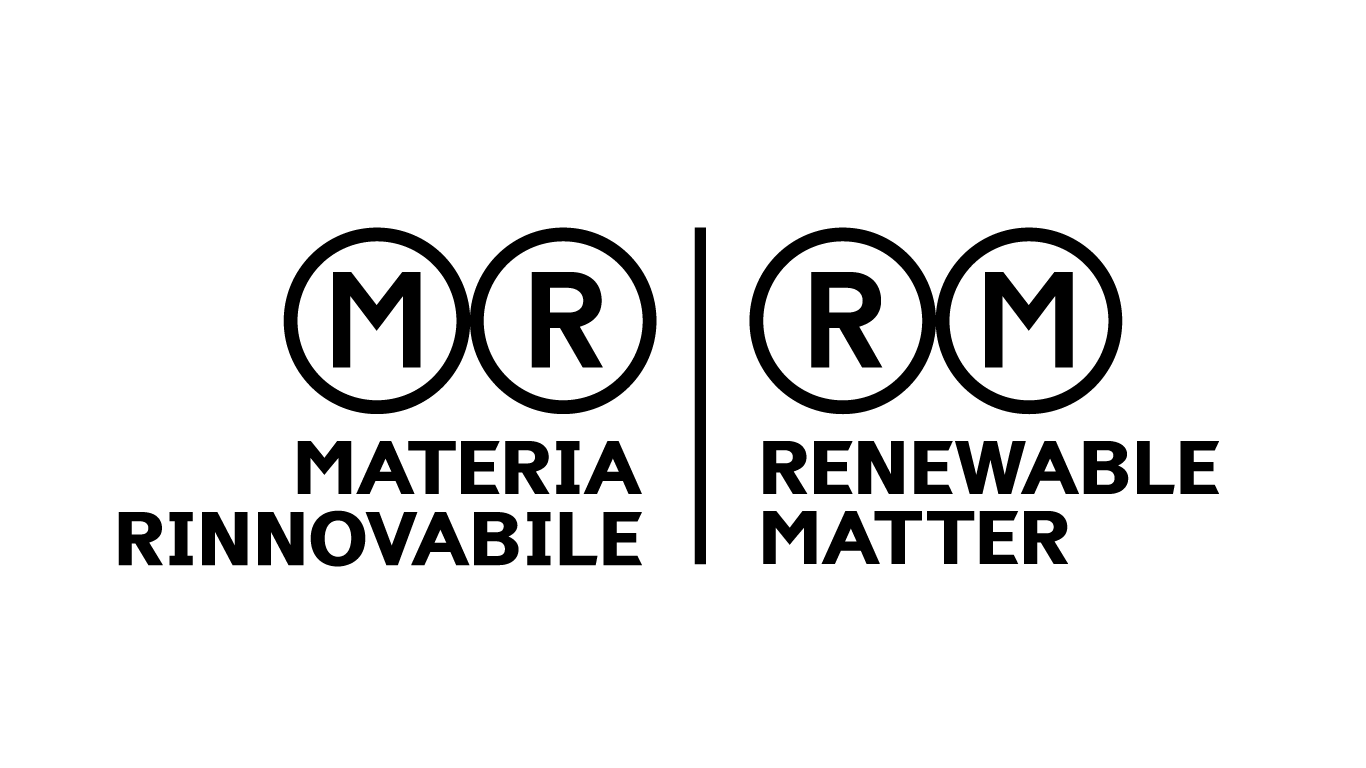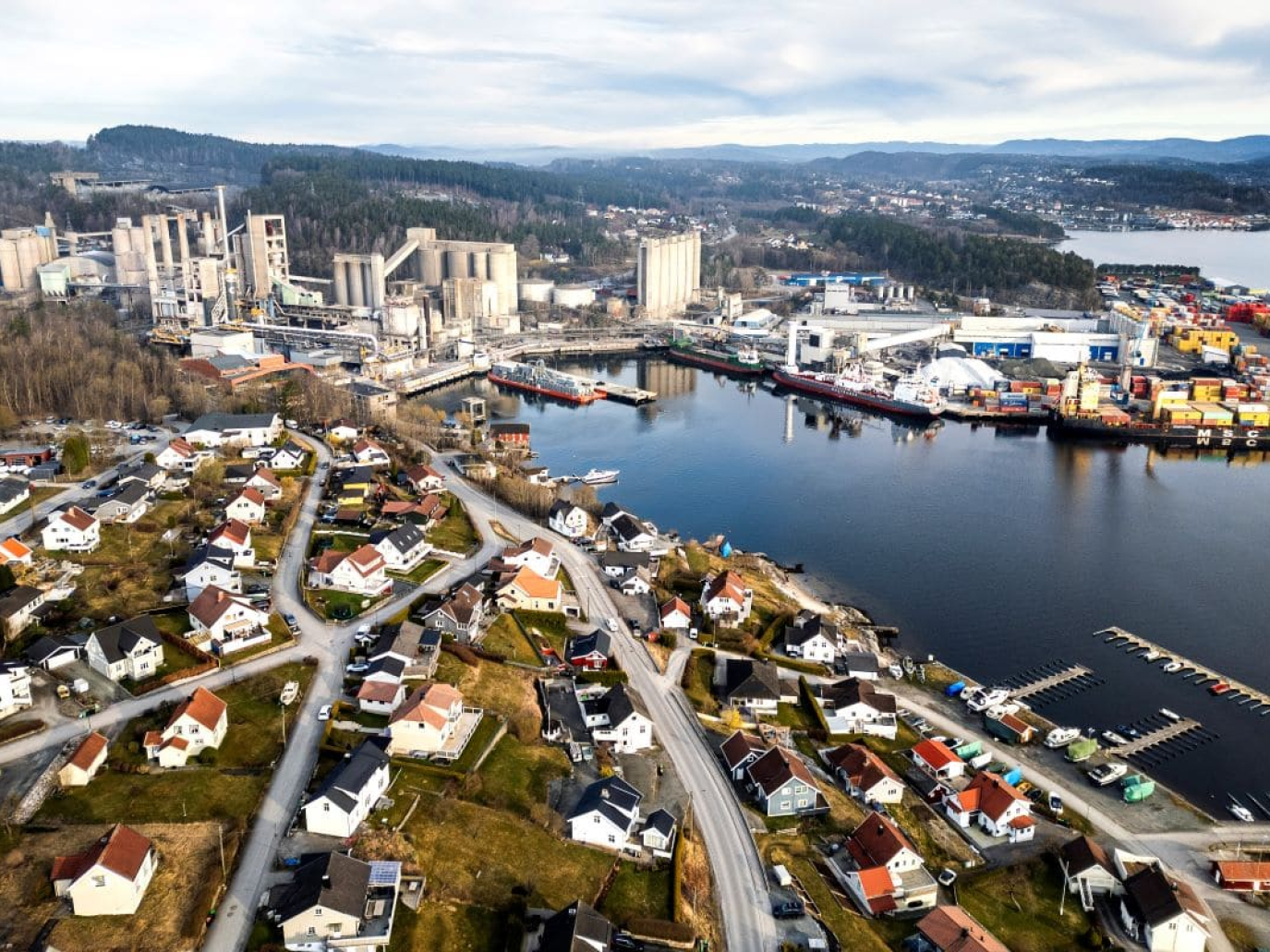This article is also available in Italian / Questo articolo è disponibile anche in italiano
The first large-scale carbon capture and storage (CCS) industrial plant applied to cement production has been officially inaugurated in Brevik, Norway. Carried out at the Heidelberg Materials plant, the project represents a key step in the decarbonisation of European heavy industry and, according to the organisers, serves as a model for the development of future CCS plants worldwide.
The facility aims to capture 400,000 tonnes of carbon dioxide each year, a substantial step forward in curbing emissions from the cement sector, traditionally challenging to convert. According to the IEA, between 2015 and 2023, global emissions intensity in cement production grew by almost 10%, driven largely by an increased clinker/cement ratio in China. Clinker production — the semi-finished product used to make cement through grinding— requires high-temperature firing of limestone and clay and is the most energy-intensive and polluting stage of the entire production process. The IEA also reports that a number of new high-emission plants remain in the pipeline, underscoring the urgent need for more sustainable solutions.
Brevik CCS set to capture 400,000 tonnes of CO₂ annually
The Brevik plant is designed to capture around 400,000 tonnes of CO₂ per year, equivalent to 50% of the cement factory’s emissions. This is equivalent to the volume produced by approximately 150,000 round-trip flights between Frankfurt and New York per passenger. The captured CO₂ will be liquefied and shipped to a terminal on Norway’s west coast, from where it will be transported via subsea pipelines for storage in reservoirs in the North Sea.
The official inauguration took place in June at the Heidelberg Materials cement works, a group active in around 50 countries with approximately 51,000 employees. The event was attended by more than 320 guests, including Norway’s Crown Prince Haakon, Energy Minister Terje Aasland, and Dominik von Achten, Chairman of the Managing Board of Heidelberg Materials.
The plant is part of the Longship project, the Norwegian government’s initiative to develop the first full-scale industrial value chain in Europe for the capture, transport, and storage of CO₂, with a particular focus on hard-to-abate sectors. Northern Lights, a joint venture between Equinor, Shell, and TotalEnergies, manages the logistics. The Brevik site has already begun capturing, liquefying, and temporarily storing CO₂, with the first shipments to the Øygarden facility dispatched in June. Injection into the offshore reservoirs is scheduled to begin in August.
“A historic milestone for the built environment”
During the ceremony, Dominik von Achten highlighted the significance of the initiative: “Today marks a historic milestone and tectonic shift in the built environment. The opening of Brevik CCS is a tremendous technological achievement that will serve as a blueprint for entire industries as we progress towards Net Zero and into a new era of sustainable construction”.
For Energy Minister Terje Aasland, the project is the result of an effective collaboration between the public and private sectors: “As a key part of Norway’s Longship programme, Brevik CCS is a powerful example of how businesses and government can work hand in hand to pave the way for a more sustainable future. This form of collaboration can foster innovation and kick-start development of nascent markets for climate technology.”
One of the project’s most significant aspects, Heidelberg emphasised in a statement, is that construction of the CCS facility was completed without disrupting operations at the cement plant. To manage the new system, the company has also hired 30 new employees, all of whom have undergone dedicated training.
Production continues, distribution of evoZero cement begins
Thanks to the Brevik facility, Heidelberg Materials will begin marketing evoZero, the world’s first cement made using captured CO₂, for European customers. The product can be used to make net-zero emissions concrete, offering two solutions: evoZero Carbon Captured Brevik, produced directly at Brevik with a net-zero footprint across its entire lifecycle and delivered via conventional methods; and evoZero Carbon Captured, manufactured at any European cement plant close to the customer, that uses CO₂ credits captured at Brevik and guarantees a net-zero footprint upon delivery. This second option reduces emissions and transport costs without requiring additional equipment on the customer's side. The credits generated by the Norwegian plant, certified via blockchain, will also be sold in Italy.
The project required over 1.2 million hours of technical work and involved up to 400 people, including employees and external partners. It marks the first step in an expanding portfolio of CCUS (Carbon Capture, Utilisation and Storage) projects that the Heidelberg Materials group plans to develop in the coming years. The aim is to scale the technology across multiple sites and make a significant contribution to decarbonising the cement sector, one of the world’s most carbon-intensive industries.
This content is produced thanks to the support of sponsors
Cover: Heidelberg Materials



